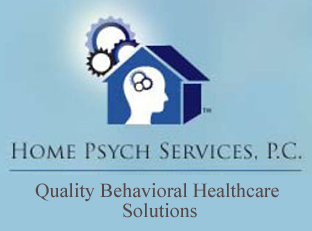The controversy over intelligence, or IQ, testing is not new to the field of psychology. The debate has raged for years over exactly what is being measured in traditional IQ tests and what, if anything, do particular IQ scores mean.
IQ testing began as a way of categorizing military recruits and quickly expanded into non-military applications as a means of determining someone’s capacity for success. Two of the most popular IQ tests, The Stanford-Binet and The Wechsler Intelligence Scales, measure intelligence as a construct composed of both verbal and nonverbal components. On these IQ tests, respondents are asked to solve different types of problems – some measuring vocabulary, mathematics, and general information skills, others assessing the ability to assemble sequences of pictures to tell a story or determine what is missing from a series of pictures. The question remains, though, what exactly are these IQ tests measuring?
In an attempt to answer this question, it is helpful to better understand which subtests on the IQ tests factor in most heavily to form the composite estimate of IQ. On the verbal scale, this is the Vocabulary subtest; while, on the nonverbal scale, this is the Block Design subtest. The Vocabulary subtest loads heavily on word knowledge and definitions. The Block Design subtest loads heavily on visual-spatial / perceptual-organization skills. Many experts believe that IQ tests are unduly influenced by language issues and load somewhat heavily on verbal skills. For this reason, there have been efforts to devise some IQ tests which factor out the influence of language to give, perhaps, a fairer estimate of intelligence minus the language bias. One such test that has received much attention and praise is the Comprehensive Test of Nonverbal Intelligence. Still other IQ tests have recognized that traditional IQ tests do not measure some of the most basic aspects of the human experience – the need to relate effectively to others. The Bar-On Emotional Intelligence Test was created to measure a construct called Emotional Intelligence, or E-IQ, which is believed to be a strong predictor of interpersonal success.
Still the question lingers of just how meaningful of a construct is IQ? The answer to this question appears to reside in asking another question which is, “What are you trying to predict?” There is a vast body of research that confirms that traditional IQ tests are good at predicting how far someone may be able to go in school. Also, traditional IQ tests are believed to be good predictors of how successful someone might be within a particular vocation. Clearly, though, IQ testing is shrouded in controversy because there are so many things which predict success or failure in the human experience that traditional IQ tests do not measure – such as, kindness, will to succeed, and willingness to learn.
So, the debate continues…and will likely rage on for years to come.

